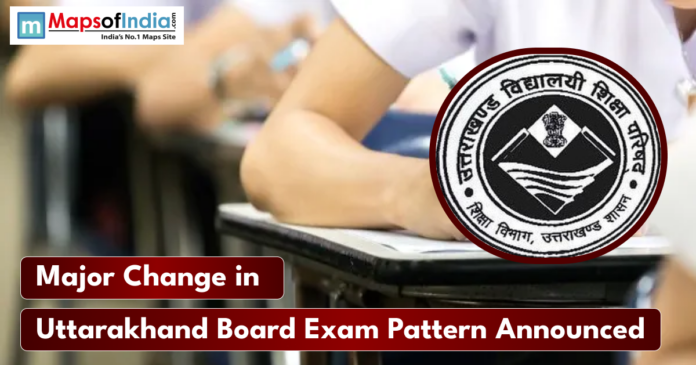As part of an important step to change the standard of school assessment testing, the Uttarakhand Board of School Education (UBSE) has recently made major amendments in the structure of the question paper in both Class 10 and Class 12 examinations. According to the new guidelines, 20 per cent of the material covered in question papers will now be competency-based as opposed to rote learning and directed towards analytical and conceptual comprehension.
The ruling conforms to the guidelines of the National Education Policy (NEP) that values skill-based learning, conceptualism, and problem-solving skills in school students. Board officials confirmed that the new pattern is being introduced to enable students to acquire critical thinking skills as well as equip them for tertiary education and competitive tests.
In the modified form, the competency-based questions can contain case studies, assertion-reason questions, applied problem-solving exercises, efficiency-based questions and scenario-driven questions. The questions will be made to test the skill of a student using the knowledge, but not just remembering what has been memorized. With this change, there has been an increase in the number of multiple-choice questions (MCQs), and this has given a more varied and balanced structure of assessment.
The UBSE has already made far-reaching efforts to make the implementation a smooth one. Question papers, new frameworks have been developed on major subjects in both secondary and senior secondary classes, such as Mathematics, Science, English, Hindi, History, Political Science, Economics and other important subjects. In order to facilitate the transition, the teachers and the authorities at the district level are undergoing training on the modified format and means of evaluation. There are training sessions and academic workshops, which are being arranged to make educators realize the specifics of competency-based assessment and redesign their classroom teaching.
The shift, according to board officials, will assist in closing the learning gap that is mostly apparent in the traditional board examinations, where students mostly depend on textbook answers, which are memorized. The new assessment pattern will likely make students more interested in the subjects, master the main ideas, and apply their knowledge in real-life situations.
As much as the reform has been popular among experts in the field of education, it is associated with some challenges. Educational institutions, especially those in rural areas, will require sufficient academic support to develop teaching methods to suit the new assessment system. In comparison with students who have greatly depended on rote learning, they might require some time to adapt to the new demands. Nevertheless, education officials assume that, as soon as it is well applied, the new system will lead to better academic achievements and equip students with more rigorous academic and professional directions in the future.
In general, the ruling of the Uttarakhand Board is a great move towards modernization of school examinations and establishing a more meaningful and skill-based learning atmosphere among the students in the state.










